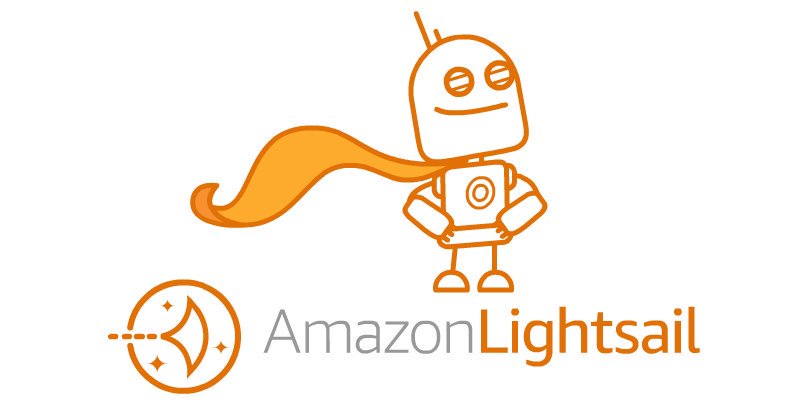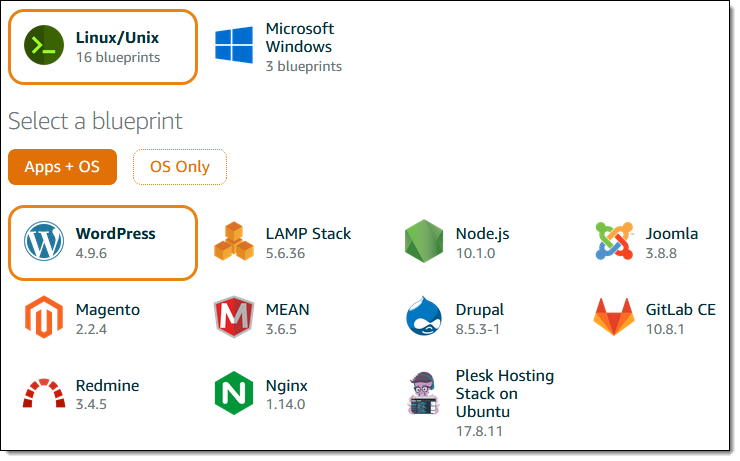AWS compute and App Runner
Intro¶
AWS App Runner:
from:
- source code or a
- container image
directly to a scalable and secure web application in the AWS Cloud
automatic deployments
- each time a commit is pushed to the code repository or
- a new container image version is pushed to the image repository.
Comparison to other compute¶
High level.
EC2 - completely self managed by user, everything above Hyperscaler¶
Owned by AWS: - Hypervisor
Out of scope: - Automation - OS, Language runtime - Deployment - Load balancing
Elastic Beanstalk - uses CloudFormation. but resources are still owned by user¶
Owned by AWS: - Hypervisor - Automation - via Cloudformation
Out of scope:
- OS, Language runtime
- Deployment
- Load balancing
ECS Ec2 - managed panel to oversee Ec2 instances¶
New container abstraction came in: Container Runtime.
But you pay the price of managing the Ec2 instances of the Ec2 cluster.
Owned by AWS: - Hypervisor - Container Runtime - hides OS, Language runtime
Out of scope:
- install ECS agent
- Autoscaling of EC2 instances (autoscaling groups)
- Deployment
- Load balancing
ECS Fargate - managed Container-runtime, container-panel for orchestration. Load Balancing out of scope And deploying out of scope¶
New container abstraction came in: Container Runtime
Owned by AWS: - Hypervisor - Container Runtime - hides OS, Language runtime
Out of scope:
- Deployment
- Load balancing
App Runner - code/container to app. Load Balancing IN scope¶
Owned by AWS:
- Hypervisor
- Container Runtime
- Deployment
- Load balancing
Out of scope: - only web-app-code (container or code)
This is what AWS deploys behind the scenes.

AWS Lightsail vs App Runner¶
Overall, Lightsail is a good choice for developers who need a general-purpose platform for deploying a wide variety of applications.
App Runner is a good choice for developers who need a specialized platform for deploying containerized microservices.
Lightsail¶
https://aws.amazon.com/blogs/aws/amazon-lightsail-update-more-instance-sizes-and-price-reductions/
Lightsail is a more general-purpose platform that can be used to deploy a wide variety of applications, including websites, web applications, and backend services. It offers a variety of instance types, including virtual private server (VPS) and container instances, as well as a variety of storage options. Lightsail also includes a number of features for managing your infrastructure, such as load balancing, content delivery networks (CDNs), and domain management.
App Runner¶
App Runner is a more specialized platform that is specifically designed for deploying containerized microservices. It offers a number of features that are specifically designed for this use case, such as auto-scaling, built-in health checks, and integrated container registry. App Runner is also more cost-effective than Lightsail for running microservices, as it does not charge for unused resources.
Direct comparison¶
| Feature | Lightsail | App Runner |
|---|---|---|
| Purpose | General-purpose platform for deploying a wide variety of applications | Specialized platform for deploying containerized microservices |
| Instance types | VPS, container instances | Container instances only |
| Storage options | S3, Elastic Block Store (EBS), CloudWatch Logs | S3, CloudWatch Logs |
| Networking | VPC, Elastic IP addresses | VPC only |
| Auto-scaling | Yes | Yes |
| Health checks | Yes | Yes |
| Container registry | Public Docker Hub | Private Docker Hub or Amazon ECR |
| Cost | More expensive than App Runner for microservices | More cost-effective than Lightsail for microservices |
Here is a table summarizing the recommended use cases for each service:
| Use case | Recommended service |
|---|---|
| Deploying a variety of applications, including websites, web applications, and backend services | Lightsail |
| Deploying containerized microservices | App Runner |
| Deploying containerized applications with a focus on cost-effectiveness | App Runner |
Links¶
- Re invent App runner and other compute https://www.youtube.com/watch?v=MZBbhqt6bQs
- https://docs.aws.amazon.com/apprunner/latest/dg/what-is-apprunner.html







